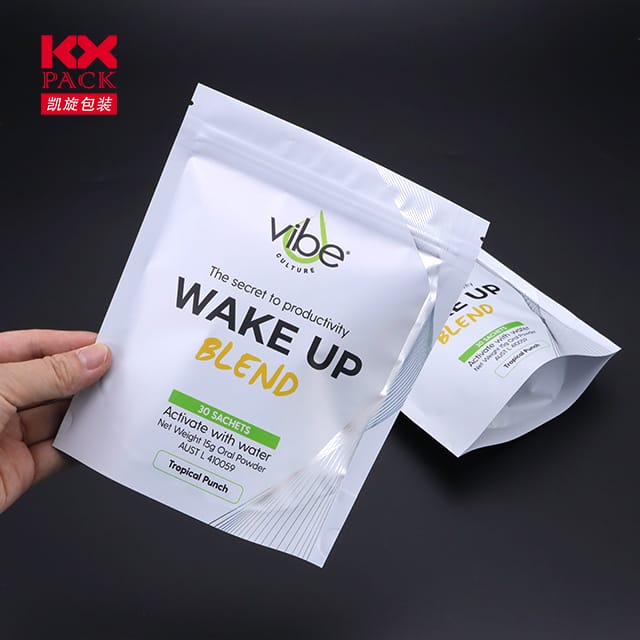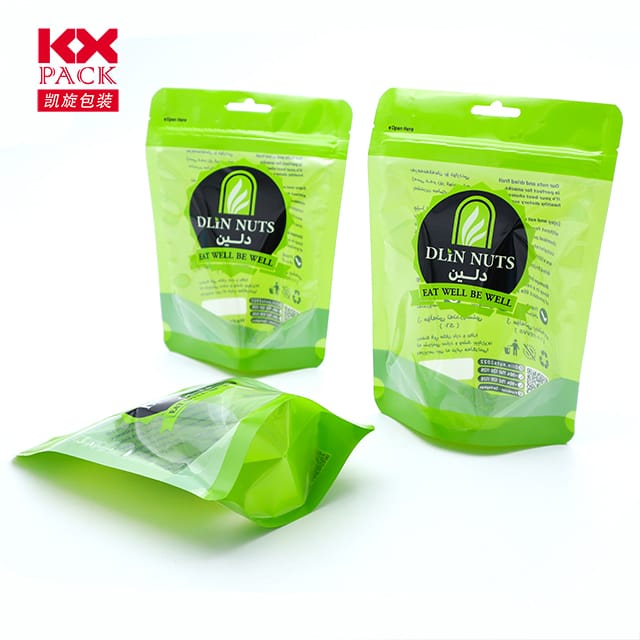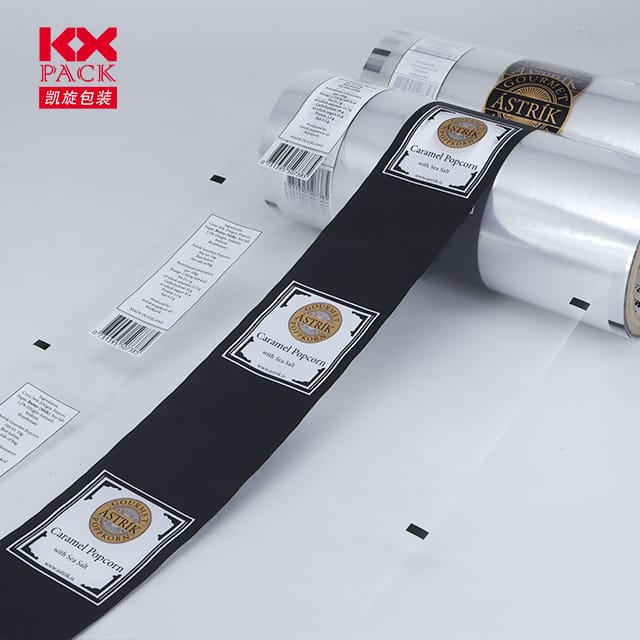The Ultimate Guide to Film Lamination: Enhancing Durability and Aesthetics in Every Industry
Филмово ламиниране
Film lamination is a versatile process that involves applying a thin, protective layer—typically plastic or polymer-based—to surfaces like paper, cardboard, плат, or even metal. This technique is widely used across industries, from packaging and printing to electronics and automotive manufacturing, to improve durability, естетика, и функционалност. Let’s explore how film lamination works, its key benefits, and why it’s a game-changer for businesses and creators alike.
What Is Film Lamination?
Film lamination is the process of bonding a transparent or colored film onto a substrate (base material) using heat, налягане, or adhesive. Резултата? A reinforced, visually appealing surface that resists wear, tear, и екологични щети. Common types of laminating films include:
- Полипропилен (ПП): Lightweight and flexible, ideal for food packaging and labels.
- Полиестер (ДОМАШЕН ЛЮБИМЕЦ): Highly durable and heat-resistant, used in industrial applications.
- PVC (Vinyl): Offers a glossy or matte finish, popular for signage and displays.
- Биоразградими филми: Eco-friendly alternatives made from plant-based materials.
How Does Film Lamination Work?
The process typically involves these steps:
- Surface Preparation: The substrate is cleaned to ensure proper adhesion.
- Film Application: The laminating film is placed over the substrate, either manually or via automated machinery.
- Bonding: Heat, налягане, or adhesive activates the bond between the film and substrate.
- Thermal lamination uses heat to melt the adhesive layer on the film.
- Cold lamination relies on pressure-sensitive adhesives for heat-sensitive materials.
- Trimming: Excess film is cut away, leaving a seamless finish.
Key Benefits of Film Lamination
- Enhanced Durability:
- Предпазва от влага, UV лъчи, химикали, и абразия, extending the lifespan of products.
- Ideal for outdoor signage, ID cards, and packaging exposed to rough handling.
- Improved Aesthetics:
- Adds a glossy, Мат, or textured finish to elevate visual appeal.
- Prevents fading, smudging, or creasing, ensuring vibrant colors and sharp text.
- Safety and Hygiene:
- Creates a barrier against bacteria and contaminants, crucial for food packaging and medical supplies.
- Some films are FDA-approved for direct food contact.
- Ефективност на разходите:
- Reduces the need for frequent replacements, saving money long-term.
- Lightweight films minimize shipping costs compared to bulkier protective coatings.
Applications of Film Lamination Across Industries
- Опаковка:
- Food containers, pharmaceutical blisters, and luxury product boxes use laminated films for protection and branding.
- Printing and Publishing:
- Business cards, brochures, and magazines are laminated to resist spills and tears.
- Електроника:
- Touchscreens, display panels, and circuit boards rely on laminated films for insulation and scratch resistance.
- Автомобил:
- Interior trim, dashboard components, and window films use lamination for heat rejection and aesthetic upgrades.
- Fashion and Textiles:
- Waterproof laminates on jackets, чанти, and shoes combine style with functionality.
Choosing the Right Film Lamination for Your Project
- Material Compatibility:
- Ensure the film adheres well to your substrate (e.g., PET works best with smooth surfaces).
- Finish Type:
- Glossy films enhance color vibrancy, while matte finishes reduce glare and fingerprints.
- Environmental Factors:
- Opt for UV-resistant films for outdoor use or anti-microbial coatings for healthcare settings.
- Устойчивост:
- Look for recyclable or compostable films to align with eco-conscious goals.
Trends in Film Lamination
- Умни ламинати: Films with embedded sensors or RFID technology for tracking and authentication.
- Nano-Coatings: Ultra-thin layers that repel water, oil, and dirt at a microscopic level.
- Customizable Textures: From soft-touch to embossed finishes, catering to luxury markets.
Заключение
Film lamination is a powerful tool for businesses and creatives seeking to protect and elevate their products. Whether you’re designing eye-catching packaging, durable signage, or high-tech electronics, the right laminating film can make all the difference. By understanding the process, ползи, и приложения, you can unlock new possibilities for innovation and quality.
Ready to explore film lamination for your next project? Share your questions or experiences in the comments below—we’d love to hear from you! 📦✨






